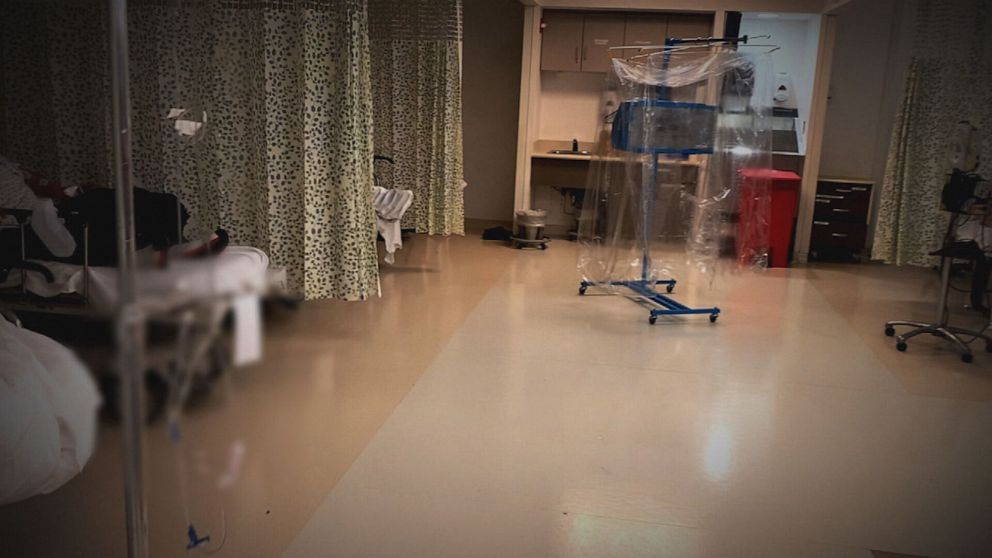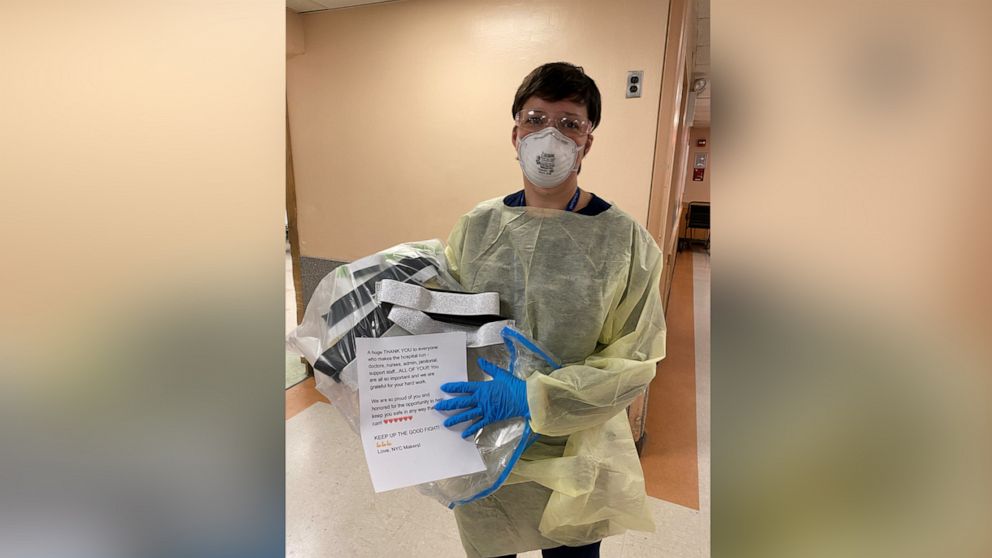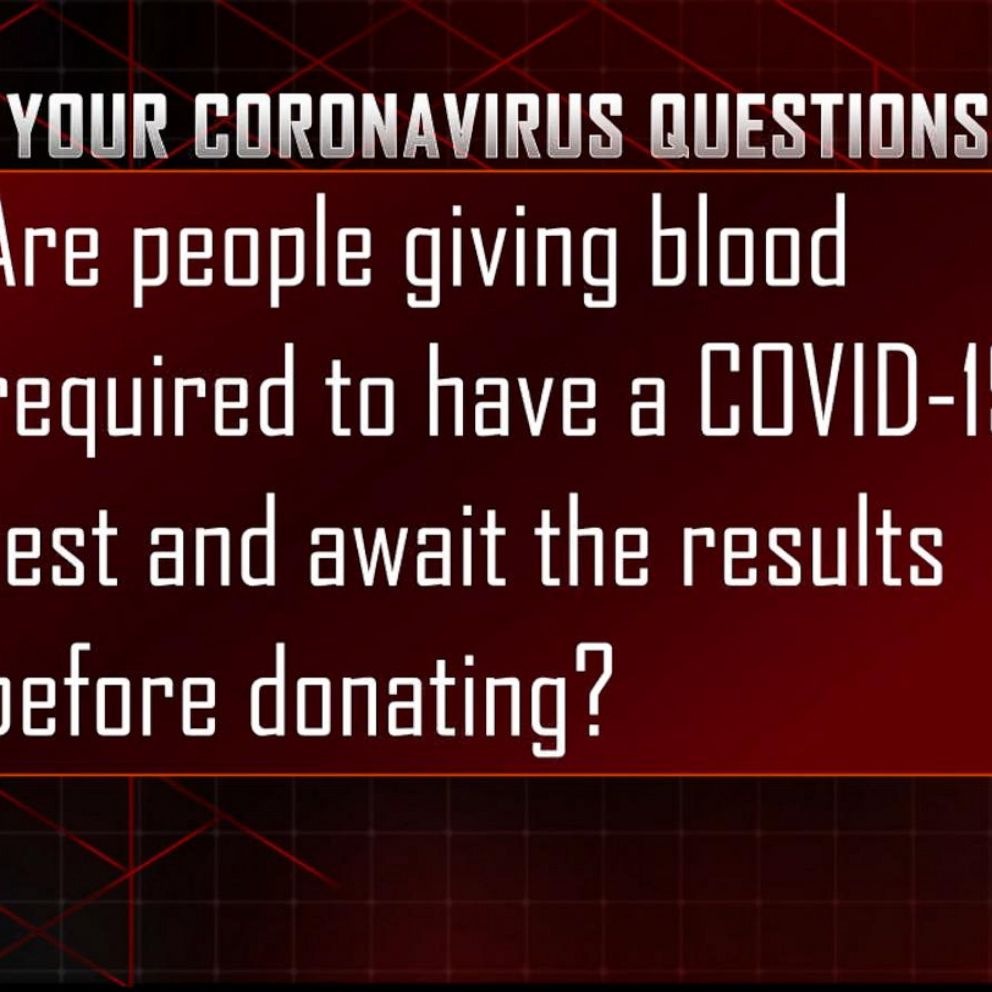Inside the coronavirus 'Ground Zero': Elmhurst Hospital in New York City
In a 24-hour period this week, over a dozen coronavirus patients died at Elmhurst Hospital in Queens, New York, as multiple medical workers inside the public hospital told ABC News they are overwhelmed, treating "hundreds of COVID-19 patients."
Dr. Colleen Smith, an emergency care physician at the hospital, described the area where the COVID-19 patients are being treated as "a parking lot of stretchers." As one emergency care physician told ABC News plainly, "this is ground zero." The city health department sent out a release on Tuesday, calling the 545-bed hospital in Elmhurst "the center of this crisis."
The city of New York now has more than 17,000 coronavirus cases, nearly one-third of the nation’s total. The borough of Queens has the highest number, with over 5,000 cases. There have been 280 deaths in the city, according to officials.
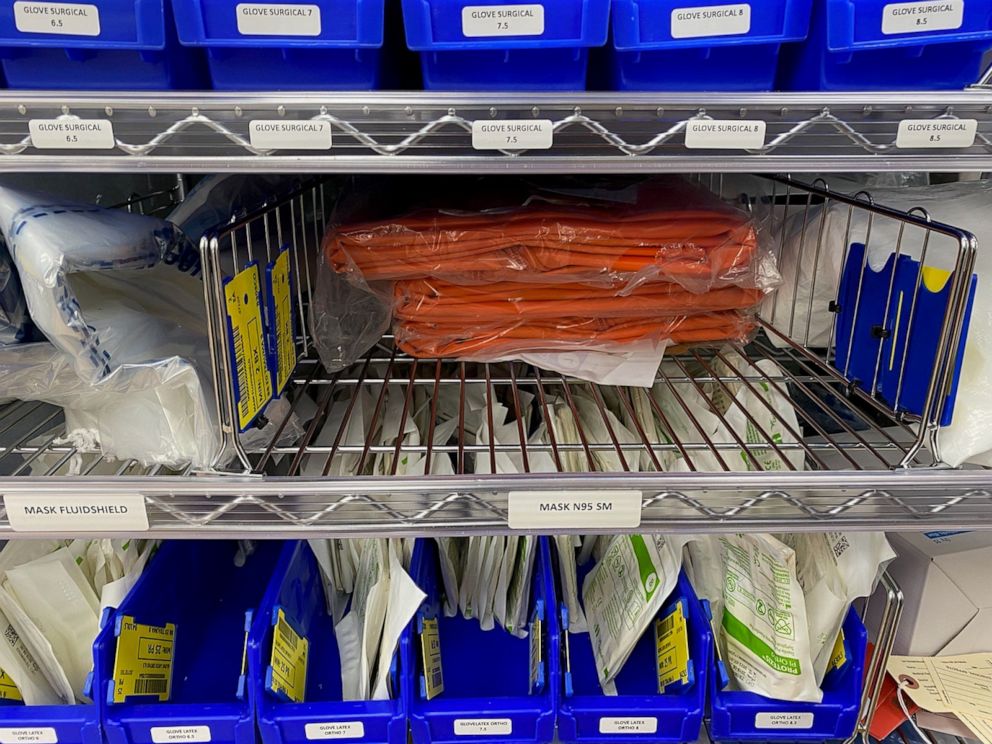
Outside the tan and gray buildings that make the Elmhurst Hospital campus, bright blue Federal Emergency Management Agency tents are popping up. One tent is dedicated for testing; the rest, an extension of the emergency room and used for patient intake and care. Lines of people snake around the building and the block, waiting for testing and waiting to enter the emergency room.
"We’ve almost run out of ventilators twice, but in the nick of time we received them," said Smith. The ventilators that saved them came from fellow hospitals in Coney Island and elsewhere in Queens.
Tune into ABC at 1 p.m. ET and ABC News Live at 4 p.m. ET every weekday for special coverage of the novel coronavirus with the full ABC News team, including the latest news, context and analysis.
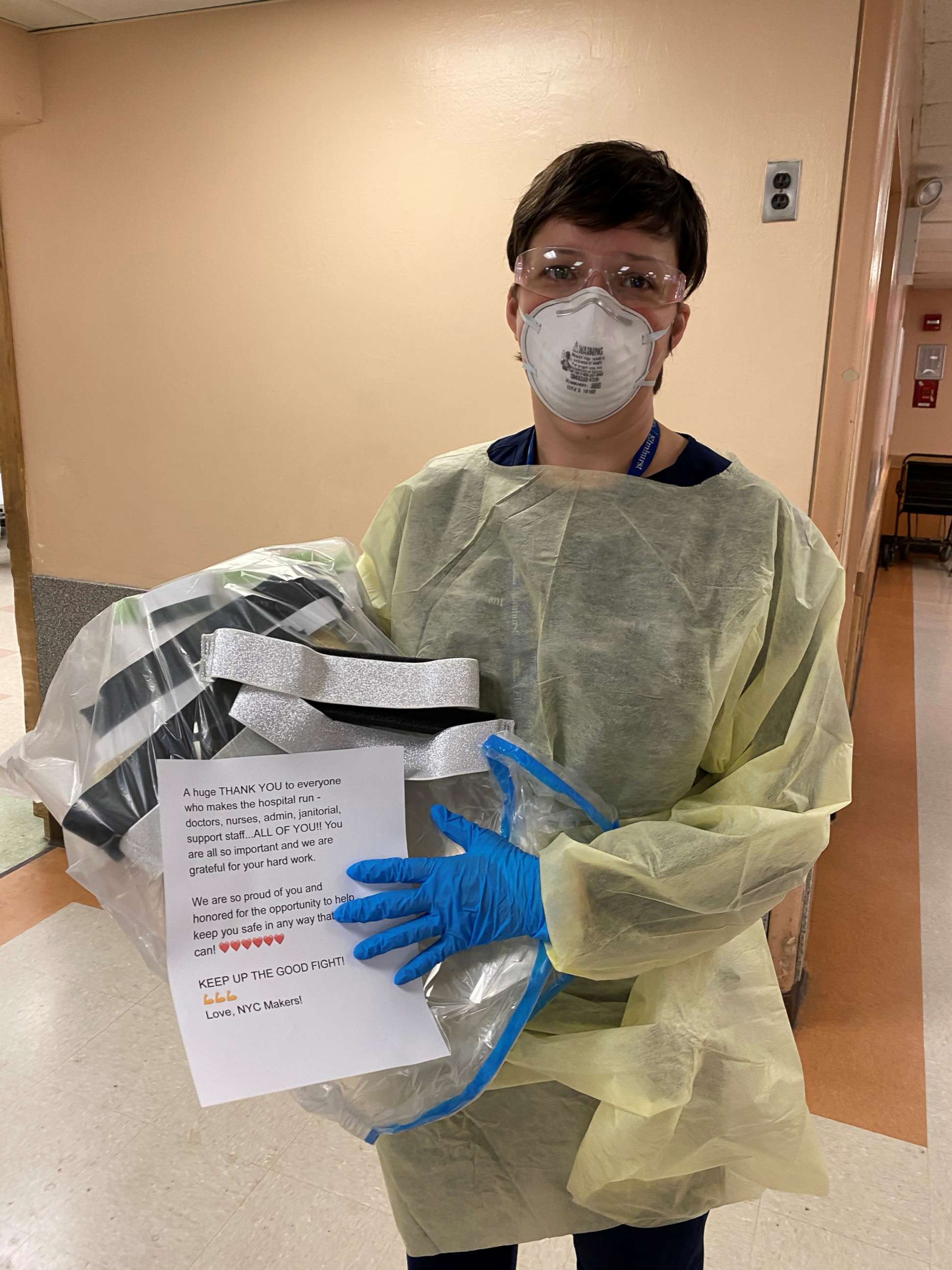
Multiple emergency room workers, doctors and nurses on the front line at Elmhurst spoke to ABC News to describe the conditions there. Most declined to be identified because they were not authorized to speak to the media. But they paint a picture of what they say is happening inside the hospital, and it’s a scene reminiscent of those harrowing images from inside Italy.
"It’s apocalyptic," one ER physician said. Another called this virus "the silent amazing killer" and described patients walking into the ER with oxygen levels so low they shouldn’t be alive.
Sources inside the hospital said they are seeing relatively young and seemingly healthy people hardest-hit by this virus.
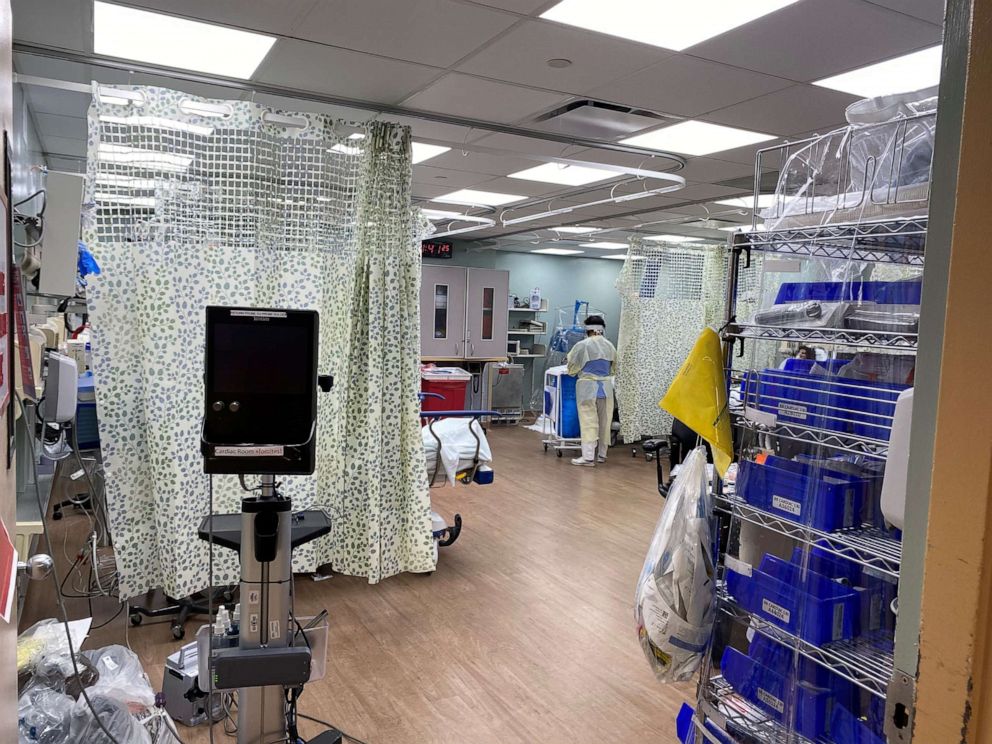
One nurse who has worked at Elmhurst for over a decade, who previously dealt with multiple disease outbreaks and a hurricane, told ABC News, "I’ve never seen anything like this." She described the emergency room as "absolute chaos. The facility is overwhelmed." Another doctor said, "We’re running out of stretchers. We need chairs."
At one point, the hospital even came close to running out of oxygen, according to one emergency care physician. When asked by ABC News what they needed most, he said, "ventilators, critical care staff, and space" – in that order.
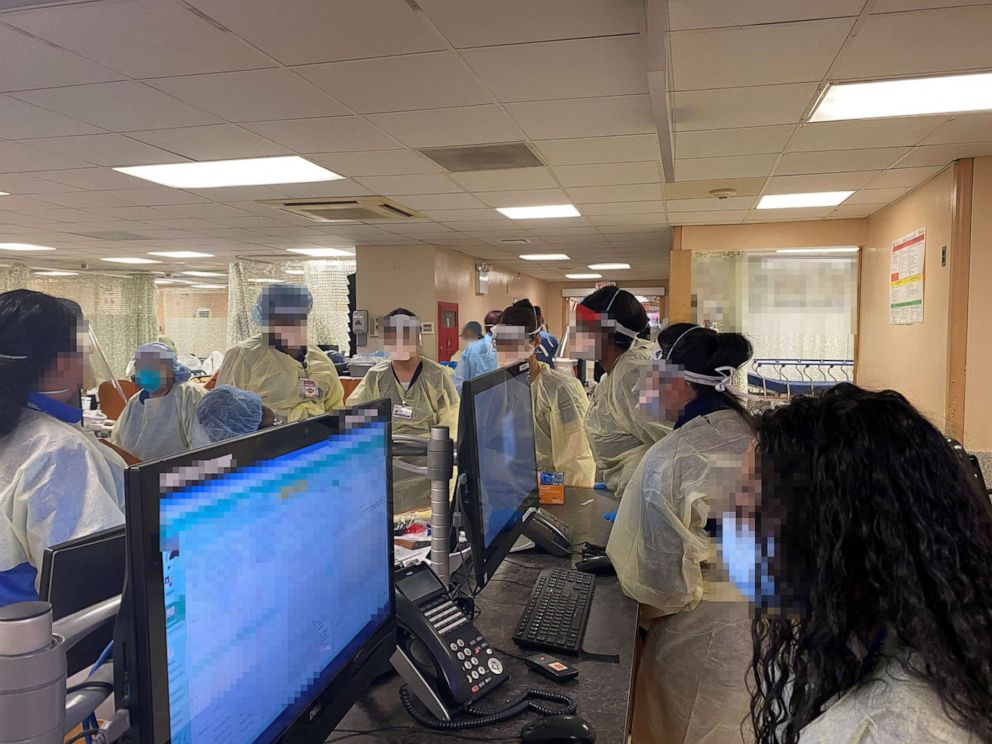
According to Smith, the hospital’s entire Intensive Care Unit is now fully dedicated to treating COVID-19 patients, along with the cardiac, surgical and medical units all transitioned into the ICU as well.
NYC Health and Hospitals Corporation, which runs public hospitals in New York City, declined to respond to ABC News' questions about Elmhurst, but the organization's president, Mitchell Katz, pointed to the transfer of the 30 patients from Elmhurst to other facilities to "help relieve our hospital at Elmhurst."
Katz praised the hospital workers there, saying, "If you walked in Elmhurst, you would see a lot of heroic doctors and nurses who were working very long hours under challenging conditions. They are unfortunately seeing some of their patients die, which is always extremely difficult for doctors and nurses.
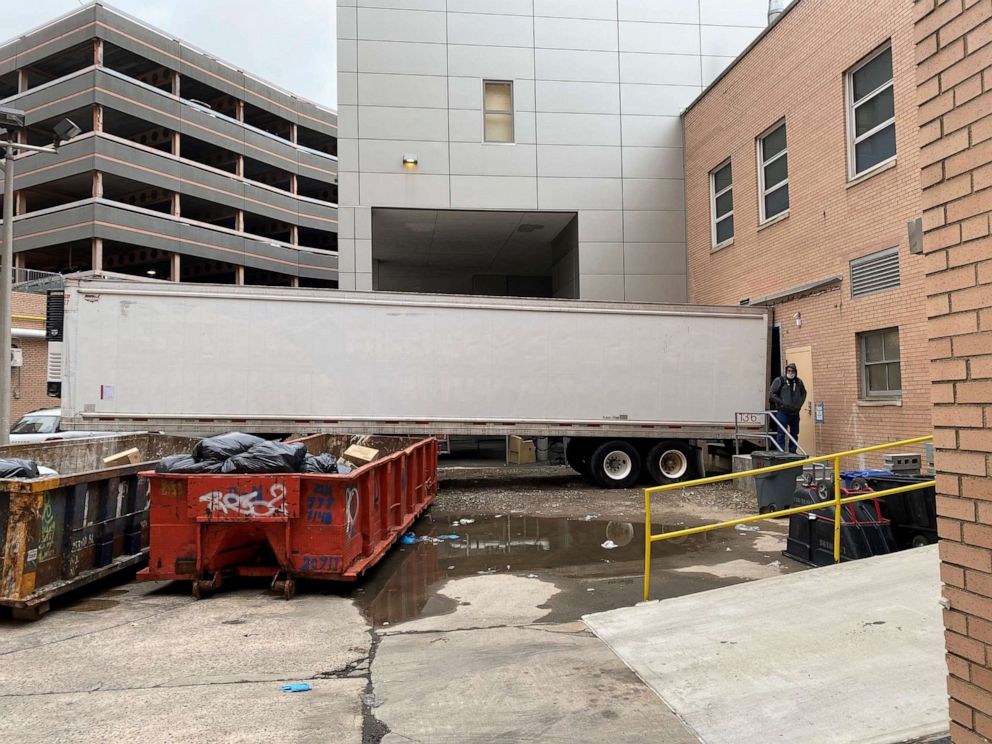
"We seek to provide all of the care, but we hope that it works and it's very difficult for us when it doesn't," he added.
Smith agreed that the transfer of the 30 patients was a bright spot in the long fight.
New York’s Mayor Bill de Blasio recently acknowledged the "disproportionately high number of cases" at Elmhurst, which is located in a predominantly immigrant neighborhood with residents from South and Central American and Asia.
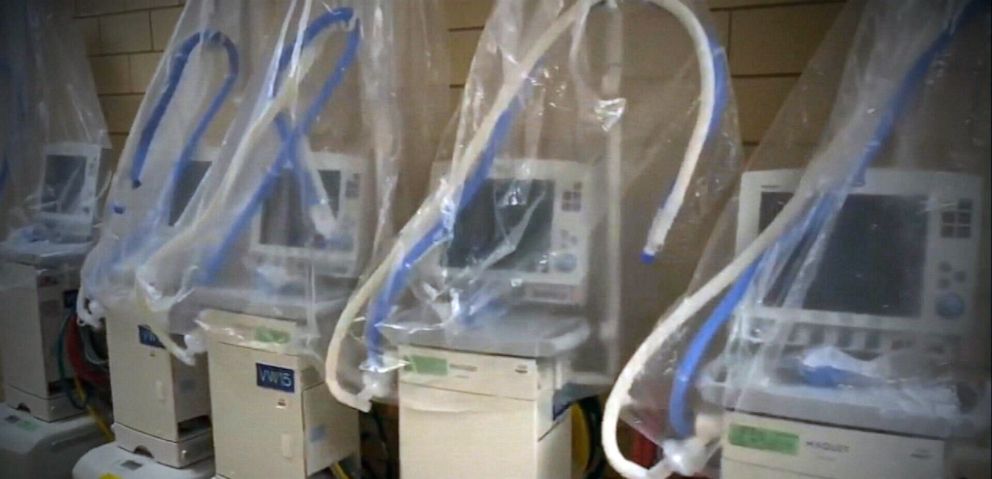
State Sen. John Liu represents part of Queens and explained that the Elmhurst neighborhood is also one of the most densely populated by housing unit, with multiple generations living under one roof, or a group of single workers living together.
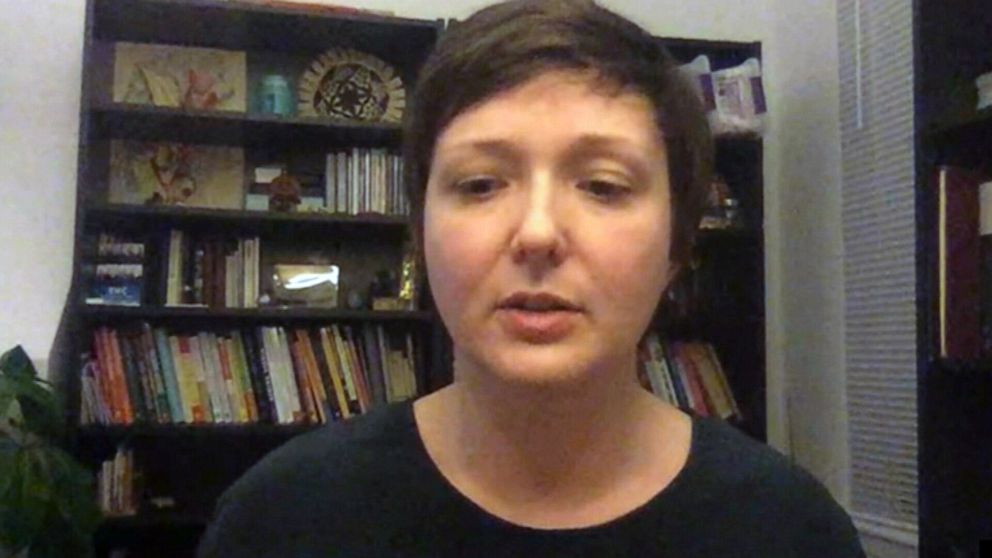
"So if people have no choice but to practically live on top of each other, the social distancing is going to be problematic," said Liu. He also added that the hospital’s easy access via public transportation makes it a valuable resource to a borough that is the hardest hit out of the five.
